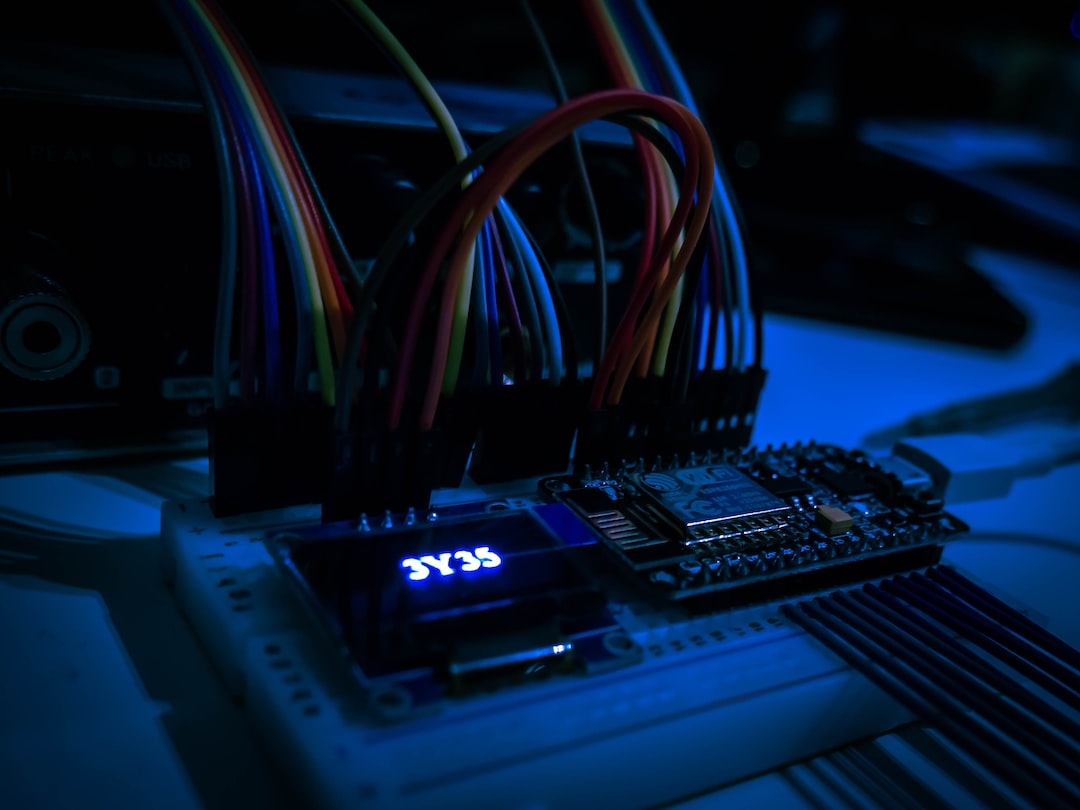The Evolution of Smart Home Technology
In today’s fast-paced world, technology continues to advance at an unprecedented rate. From smartphones to self-driving cars, innovation has transformed numerous aspects of our lives. One area that has particularly seen remarkable progress is the realm of smart home technology. Over the past decade, smart homes have gone from being a futuristic concept to a reality that many homeowners now enjoy. In this blog post, we will explore the evolution of smart home technology and the ways in which it has revolutionized our living spaces.
The concept of a smart home has its roots in the 1980s, when researchers at the Massachusetts Institute of Technology (MIT) began experimenting with connecting various household devices using a sophisticated network. However, it wasn’t until the 2000s that smart homes gained traction and became more accessible to the average consumer. This shift was primarily driven by advancements in wireless communication, the decreasing cost of technology, and the widespread availability of broadband internet.
One of the earliest examples of smart home technology was the introduction of home automation systems. These systems allowed homeowners to control various functions of their homes, such as lighting, heating, and security, through a central control panel. Initially, these systems were expensive and complex, limiting their adoption to only the most affluent homeowners. However, as technology continued to improve, these systems became more user-friendly and affordable, enabling a wider range of individuals to embrace smart home solutions.
The introduction of voice assistants, such as Amazon’s Alexa and Google Assistant, in the 2010s further propelled the evolution of smart homes. These intelligent devices allowed homeowners to control their smart devices using simple voice commands. Moreover, they provided an interface for connecting different smart home devices together, creating a seamless and integrated home automation experience. Voice assistants quickly became a cornerstone of smart homes, offering convenience and ease of use like never before.
The rise of smartphones also played a significant role in transforming smart homes. Smartphones became a central hub for controlling various smart home devices, allowing homeowners to adjust settings and monitor their homes remotely. This level of control and accessibility was a game-changer, providing a sense of security and peace of mind for homeowners. Mobile apps dedicated to smart home management became increasingly common, enabling homeowners to interact with their smart devices from anywhere in the world.
In recent years, the Internet of Things (IoT) has emerged as a key driver in the evolution of smart home technology. IoT refers to the concept of connecting everyday objects to the internet, allowing them to send and receive data. This connectivity has opened up new avenues for smart homes, with a plethora of innovative devices hitting the market. From smart refrigerators that can notify you when you’re running low on groceries to smart thermostats that learn your preferred temperature settings, the IoT has transformed the way we interact with our homes.
Advancements in artificial intelligence have further enhanced the capabilities of smart home technology. AI-powered devices can learn from homeowners’ behaviors and adapt accordingly. For example, a smart lighting system can study your usage patterns and automatically adjust the lighting levels to create the desired ambiance. The integration of AI and machine learning has made our homes not just smart, but also intuitive.
Looking ahead, the future of smart home technology is filled with exciting possibilities. With the advent of 5G networks, smart homes will become even more connected and responsive. The ability to connect multiple devices simultaneously with ultra-low latency will bring new experiences and functionality to homeowners. Additionally, the incorporation of augmented reality (AR) and virtual reality (VR) into smart homes will offer immersive experiences, such as visualizing furniture and decor in real-time before making purchases.
In conclusion, the evolution of smart home technology has transformed the way we live and interact with our living spaces. What started as a concept has now become a reality enjoyed by many homeowners. From home automation systems to voice assistants, smartphones, and the IoT, each technological advancement has contributed to the increasingly intelligent and connected home. With advancements in AI, 5G, and AR/VR on the horizon, the future of smart homes promises to be even more exciting. So, buckle up and embrace the technological marvels that lie ahead as our homes become smarter and more intuitive than ever before.

